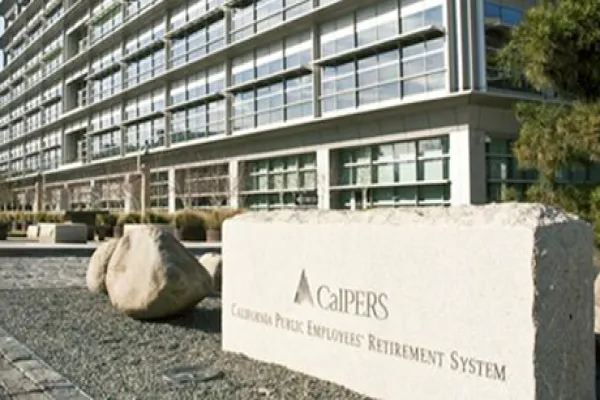David Swensen is in the Pantheon of institutional investment. He invented “The Yale Model” (aka “The Endowment Model”), and his book Pioneering Portfolio Management changed the way endowments, pensions, sovereigns, foundations and even family offices think about asset allocation. His revolutionary insight, in my view, was to leverage the unique characteristics of these investors to generate returns over the long term. His brilliance is thus well established.
But, dear readers, David Swensen is (probably) wrong – oh so very (probably) wrong indeed – when he says, as he did today at some Bloomberg event someplace, that:
‘There are two sensible approaches to investing -- either 100 percent active or 100 percent passive...unless an investor has access to incredibly highly qualified professionals they should be 100 percent passive -- that includes almost all individual investors and most institutional investors.’
Let me first say that I think Swensen’s comment about talent is right on. Talent is the cornerstone of success in the investment industry. And, truth be told, Bloomberg only provided snippets of sentences out of context, which means it’s hard to determine, specifically, what Swensen was referring to when he said what he did, which means that Swensen and I might have been just as likely to raise a toast after he said the above as we would be to pouring the contents of our glasses on each others’ heads. Notwithstanding it makes for a better headline to disagree with the guru, so let’s persist for a moment.
Here’s what I believe (cue your grain of salt): Institutional investors should look at the talent and competitive advantages they have (quite ruthlessly) and focus the in-house / active operations where they can compete with the market. They should then leave external / passive those factors where they can’t compete. (Note: This runs counter to the notion that funds should try to hire talent into areas they (think they) want to in-source or manage actively, which can be very hard for resource constrained investors to do, especially in the public sector. It is possible, but it’s hard.)
I guess I’m saying that the internal / external or active / passive choice should be a function of an internal evaluation of a fund’s strengths and, in turn, priorities. Funds should determine where they can realistically compete; where they want to compete; and they should then focus like a laser on competing in those areas through in-house and active management, while leaving the rest of the investment operations for external services providers. In my view, that’s a more sensiblee approach than the ‘either 100 percent active or 100 percent passive’ approach. It’s just a bit too black and white for the world of greys I see around me.
With this in mind, let me leave you with a useful quotation from a seminal paper by Gordon L. Clark and Roger Urwin that sort of guides my thinking on this topic:
“Few investment institutions are able to operate effectively in all investment domains (some are better suited to public markets, whereas others may have the capacity to operate most effectively in private markets or exotic products). The best-practice process of decision-making takes into account an institution’s own capacities and its acknowledged limits and acts accordingly. This includes deciding on the degree of delegation, choosing to act in a primary investment role selecting individual investments in some areas, or acting as a manager of managers in other areas where investments would be selected by outside managers. Funds varied in their degree of use of external managers, but it is interesting that none managed all assets in-house.”






